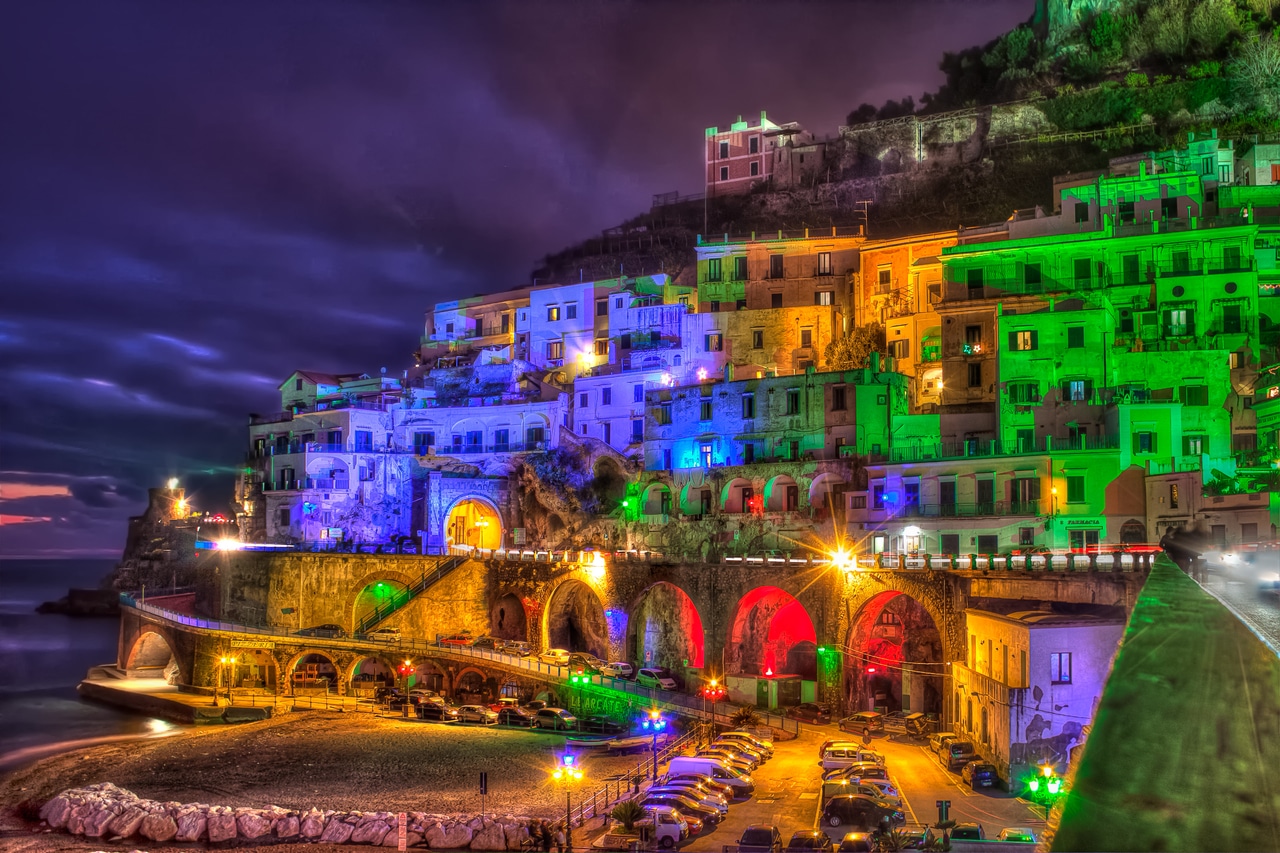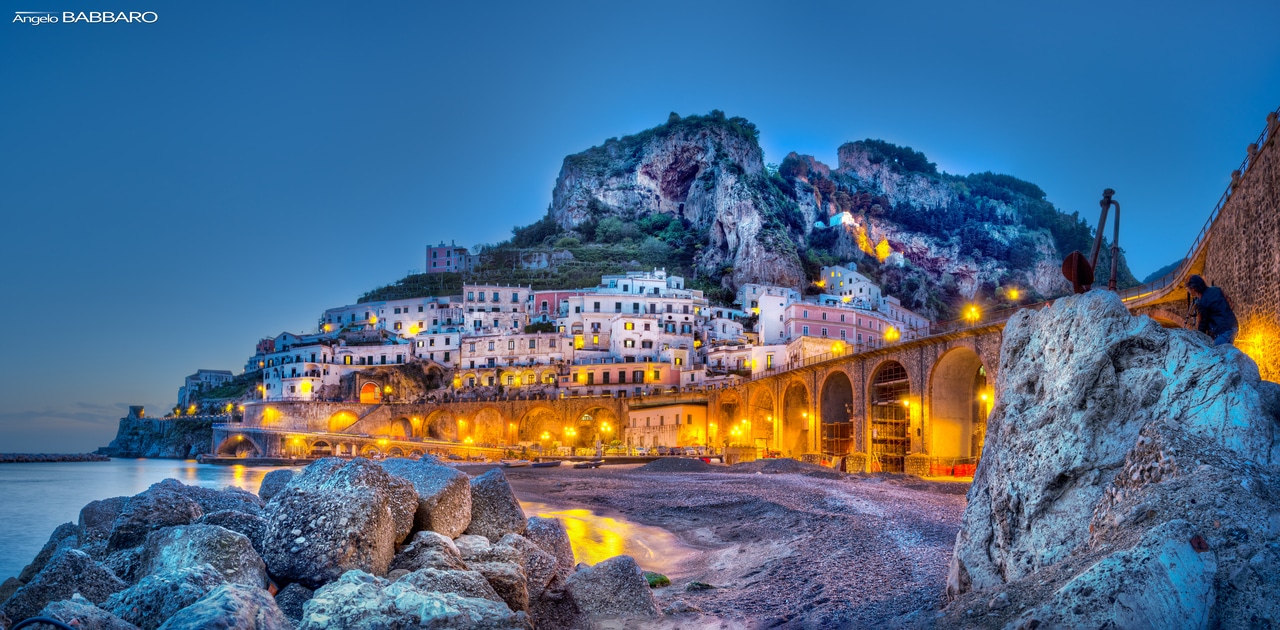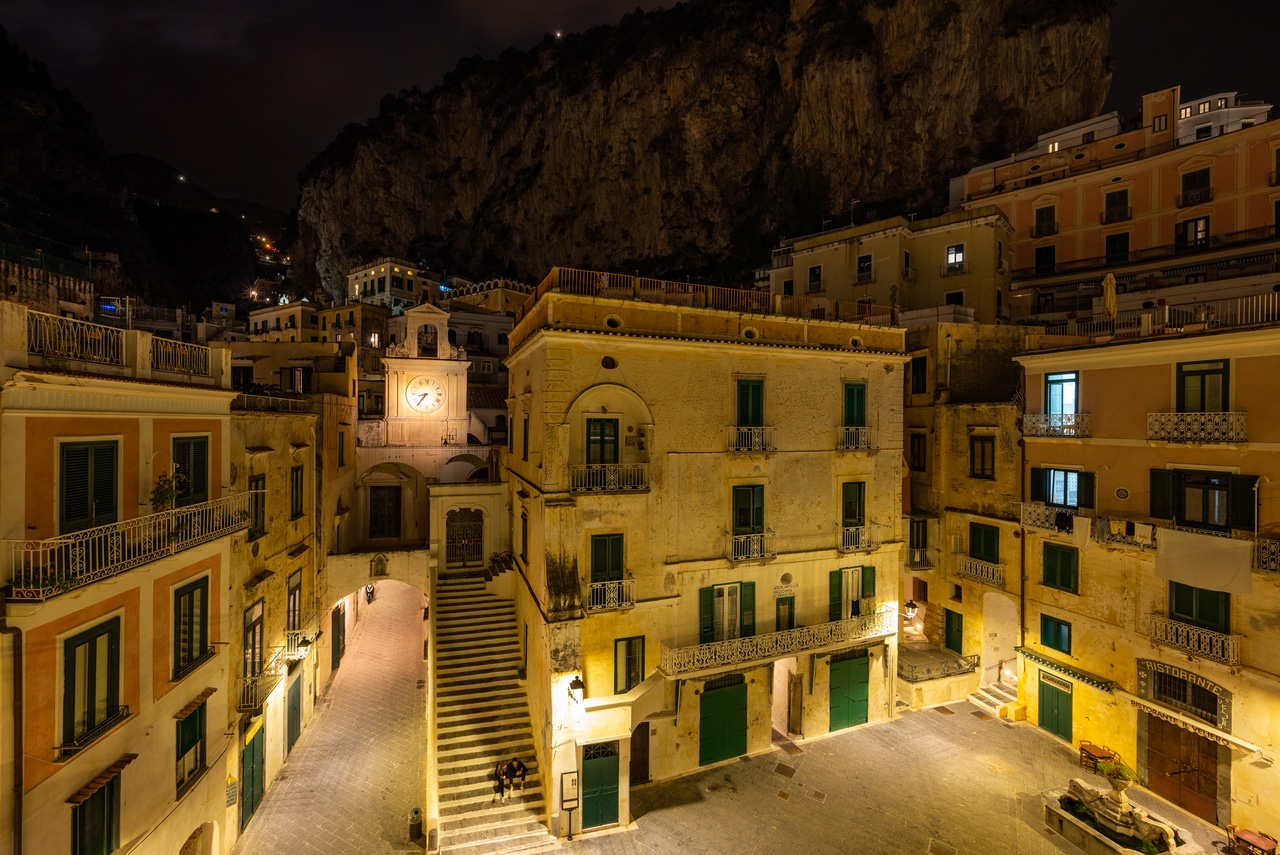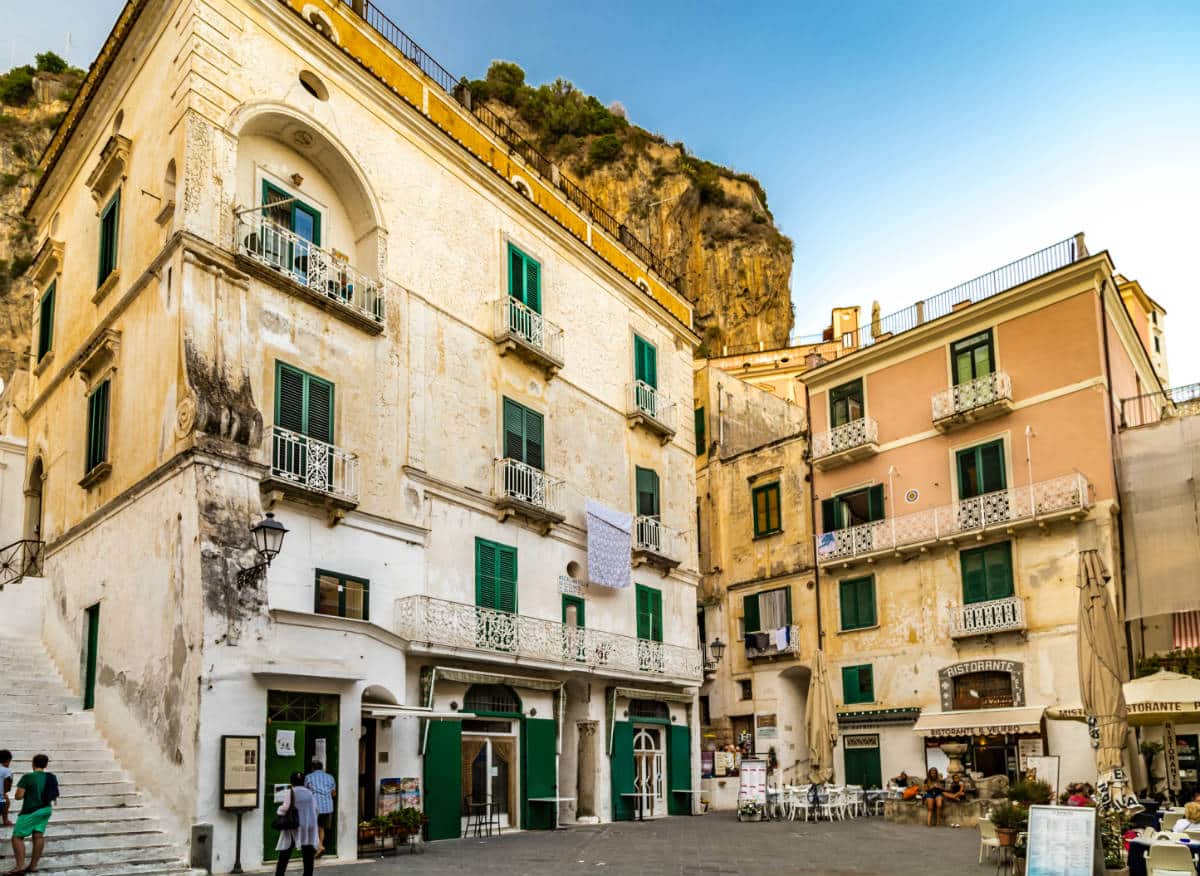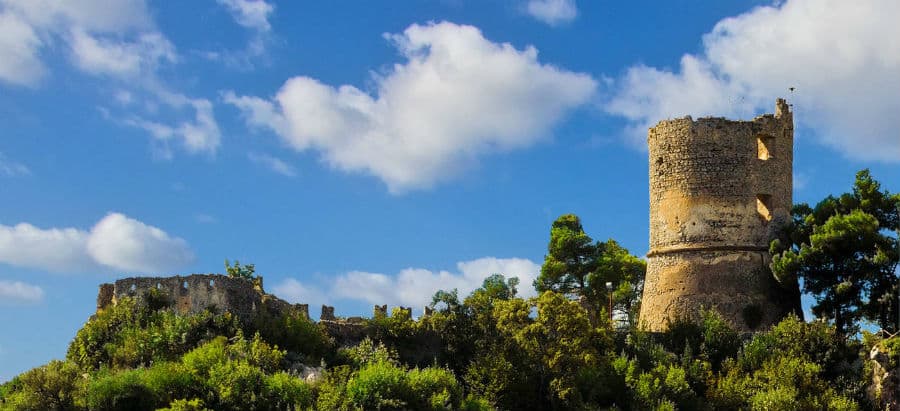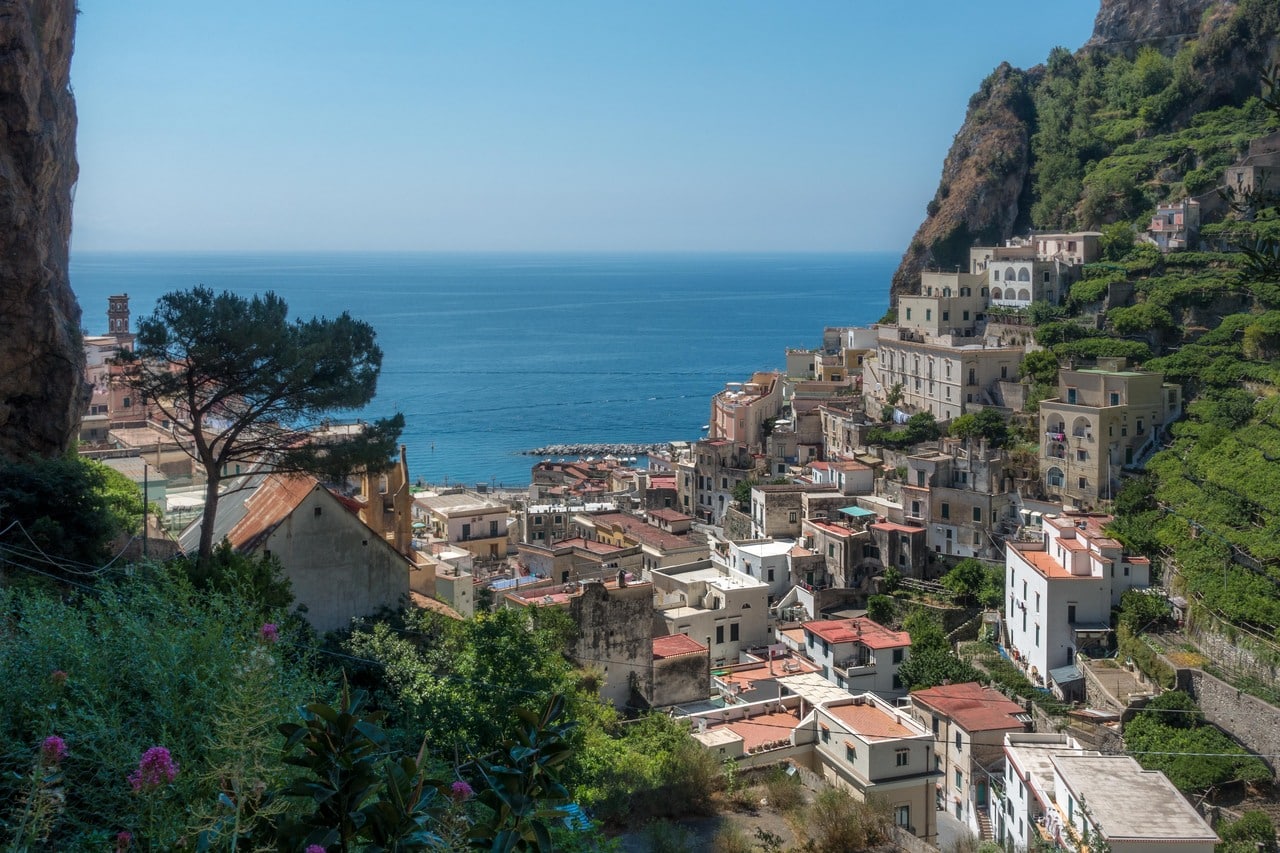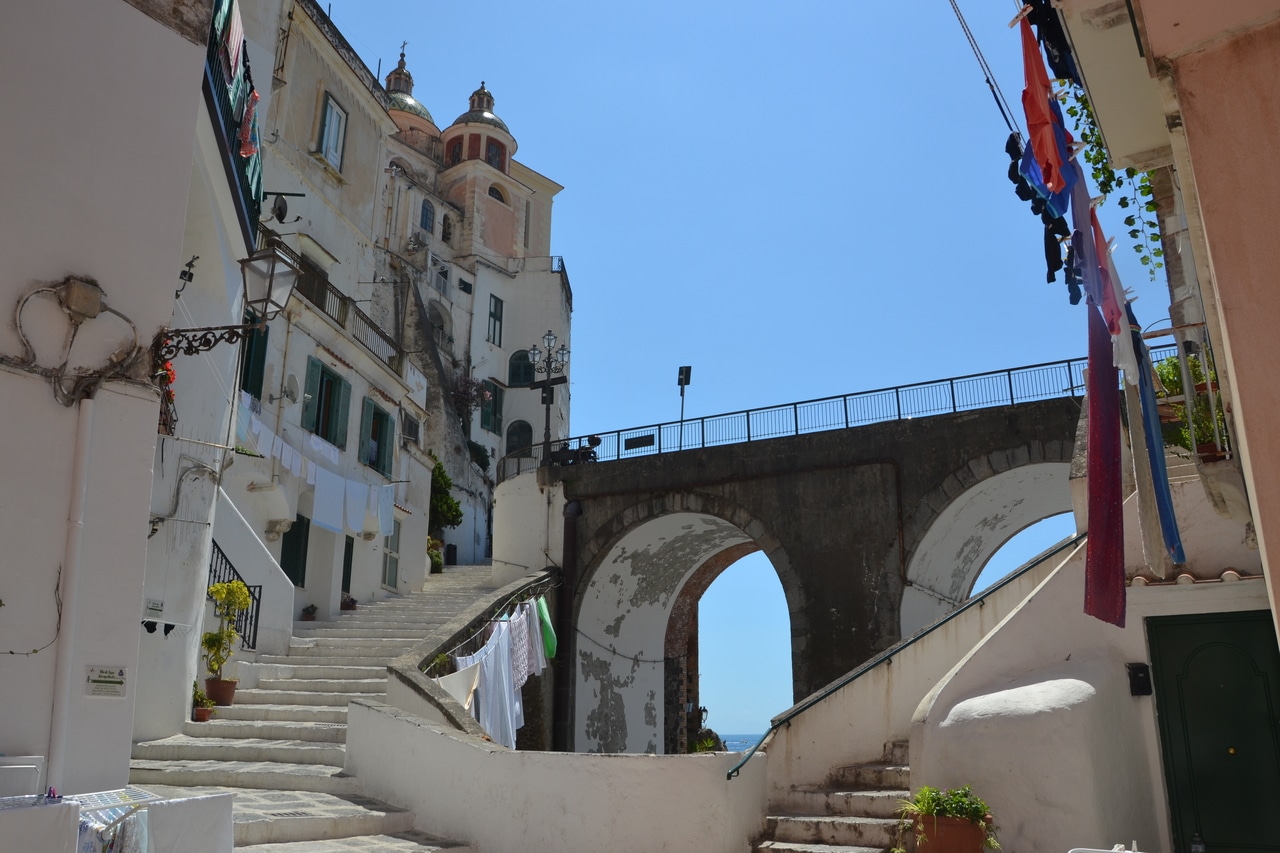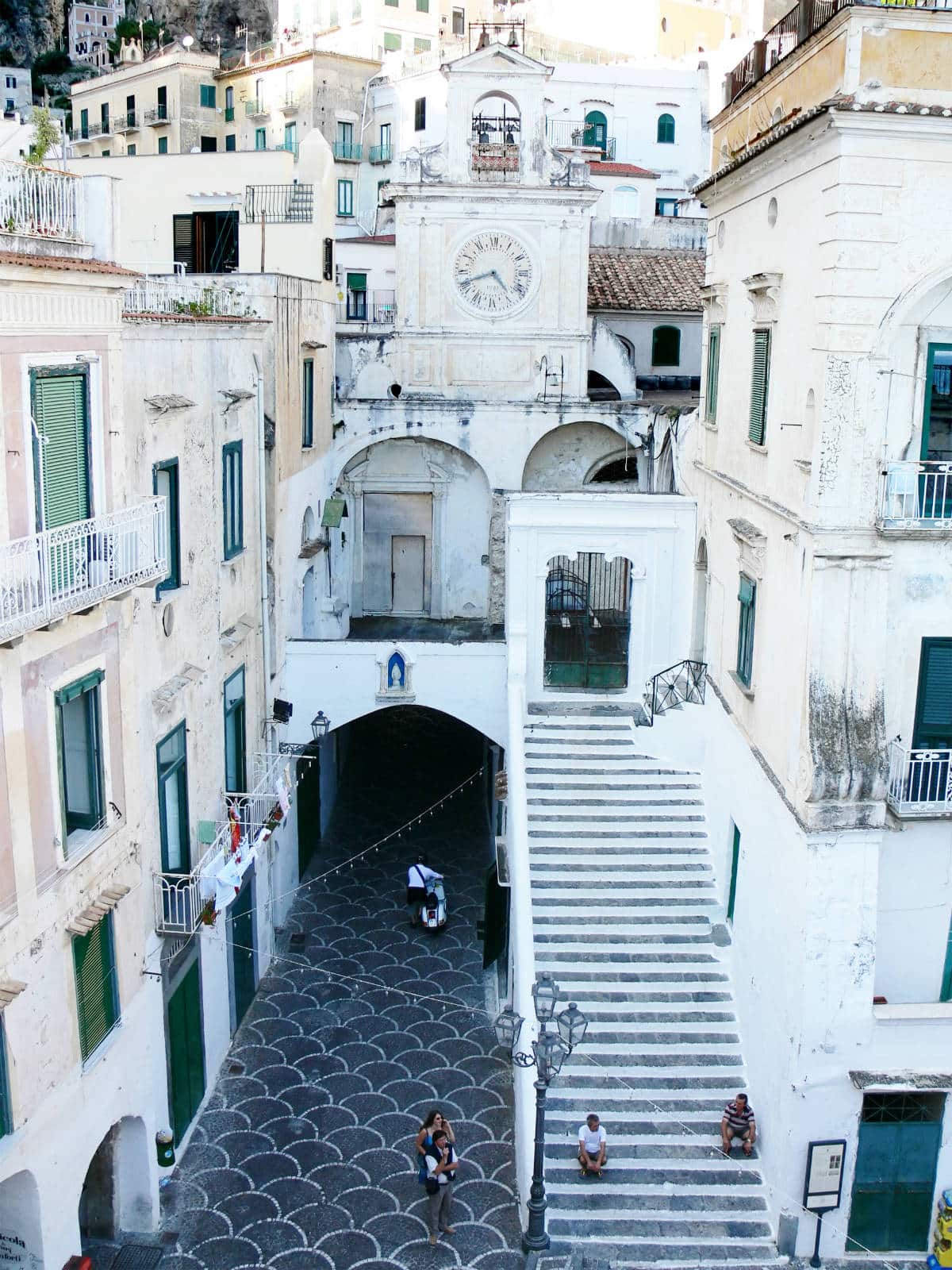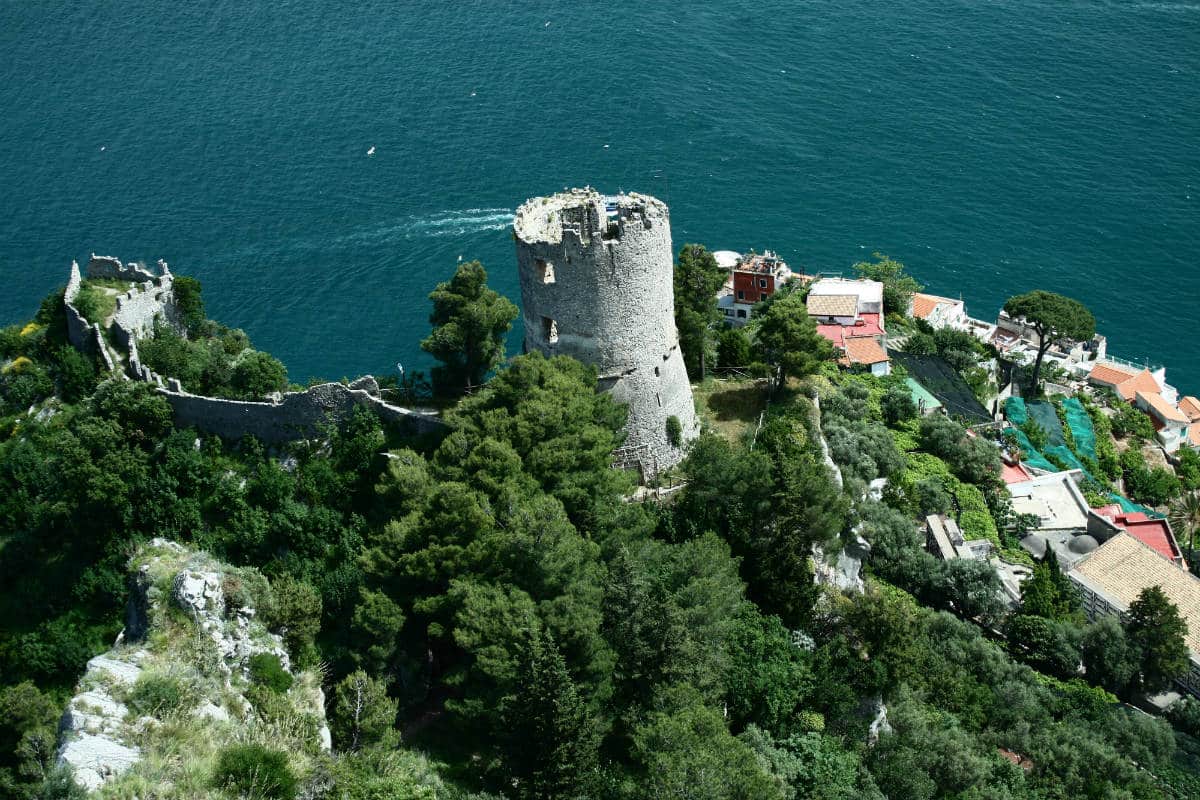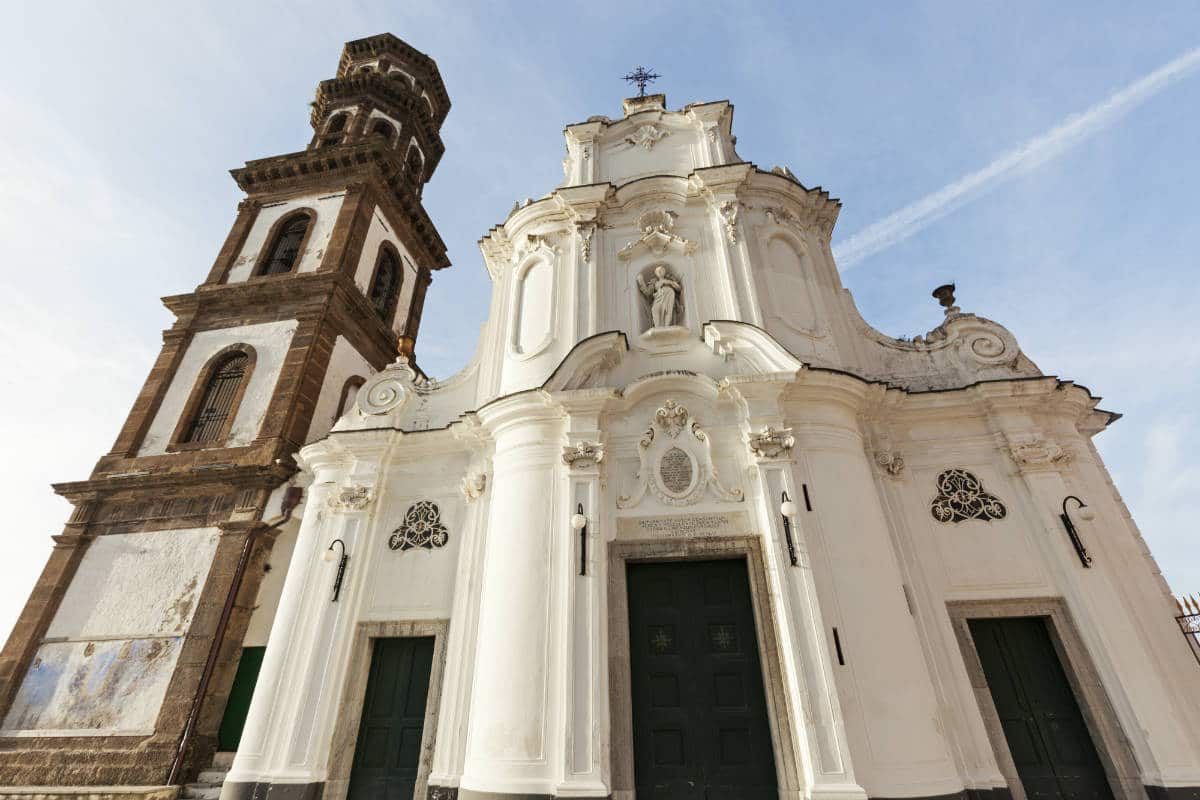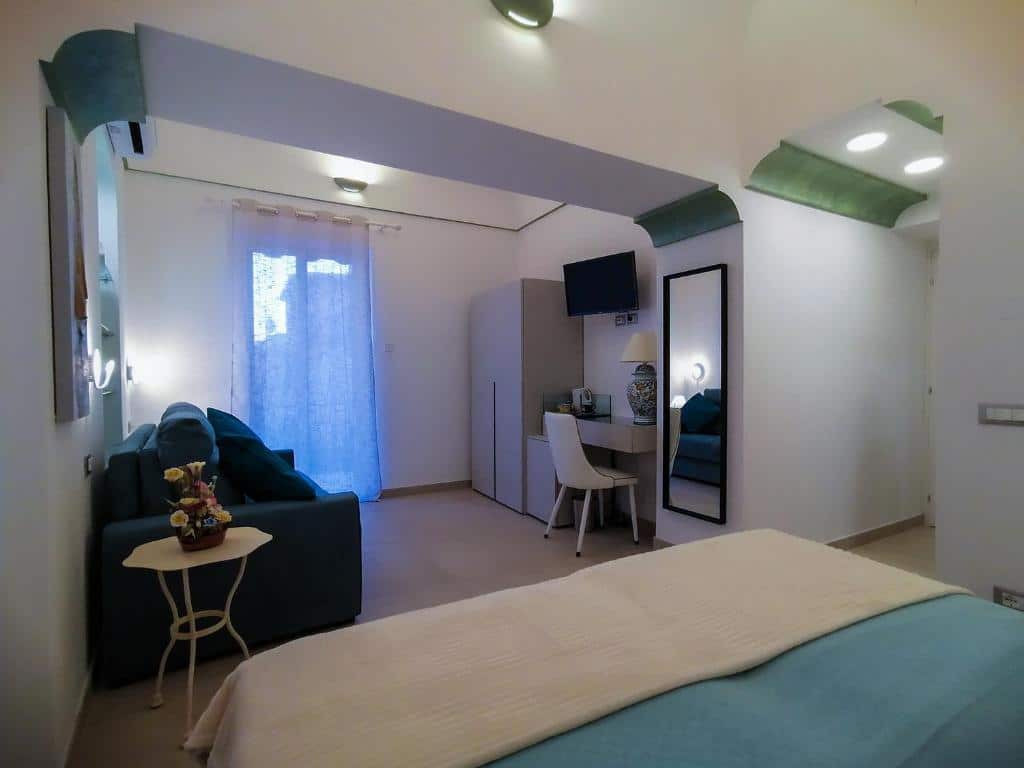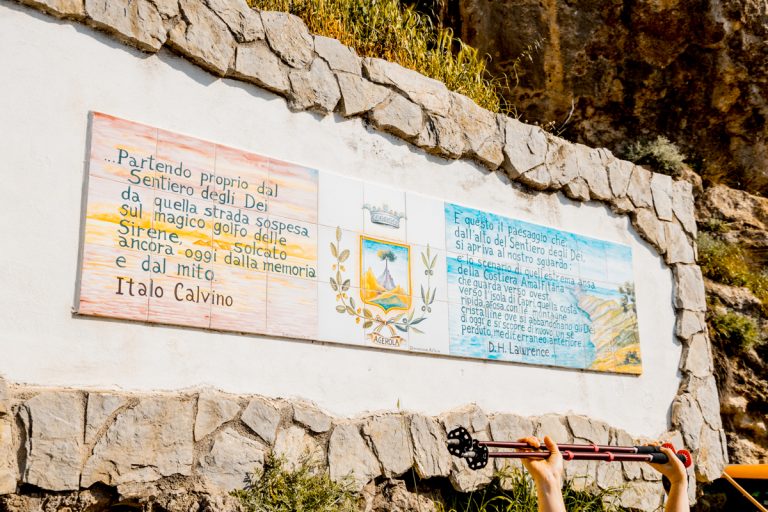Enchantingly nestled on the Amalfi Coast lies Atrani, Italy's smallest town by area and one of the country's most charming villages. Just 700 meters from Amalfi, this picturesque village, enclosed between Mount Civita and Mount Aureo, offers picture-postcard views with its colorful little houses climbing the hills.
Atrani's location, within walking distance of other renowned destinations on the Amalfi Coast, makes it an ideal reference point for those wishing to explore this fascinating region. The village, in fact, springs up along the valley of the Dragone River, creating a location of rare beauty. According to legend, in these areas a terrible dragon breathed fire, hence the name of the river.
An authentic fishing village
Atrani still retains the characteristics of a typical fishing village on the Amalfi Coast, a detail that adds charm to its already remarkable beauty. The narrow alleys and small houses built on the beach that branch up to the steep hills, the arches and courtyards, make Atrani unique. It is no coincidence that it has been chosen several times as a set for films and commercials, as well as being part of the prestigious club of "The Most Beautiful Villages in Italy."
Typical architecture and natural beauty
Atrani's architecture is a veritable visual poem: the houses climb up the rocky slopes and face directly onto the beach, giving the panorama a characteristic look and teeming with life. The heart of the village is the small square with the Church of St. Savior and the stone fountain, a corner made even more special predominantly isolated from traffic. From here there is direct access to the beach through an ancient passageway once used to secure boats from storm surges.
A journey through history
The origins of Atrani are shrouded in mystery. We know for a fact that during the first century A.D. there were Roman villas along the Amalfi Coast, but following the barbarian invasions of the fifth century A.D., the inhabitants took refuge in the Lattari Mountains and along the coast, creating permanent settlements. The first documentary evidence of Atrani's existence is dated 596, a letter from Pope Gregory the Great to Bishop Pimenius.
Symbol of aristocracy
At one time Atrani was a twin town with Amalfi, the seat of the aristocracy. Only the people of Amalfi and Atrani had the privilege of electing or deposing the heads of the duchy. The symbol of power was a headdress called Birecto, which was bestowed on the duke during a solemn ceremony held in the chapel of San Salvatore de Birecto.
Places of historical and cultural interest
Atrani offers its visitors numerous places of historical and cultural interest. One cannot miss a visit to the Church of San Salvatore de' Birecto, the Collegiate Church of Santa Maria Maddalena Penitente, the Tower of Ziro, and the cave of Masaniello, located a few steps from the family home of the famous leader of the 1647 Fig revolt.
Atrani is a place where history, natural beauty and culture come together in a wonderful combination, making this small town on the Amalfi Coast a must-see destination for anyone planning a visit to southern Italy.


